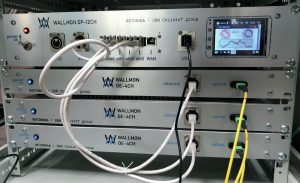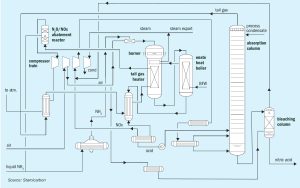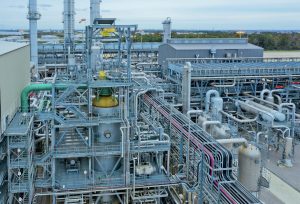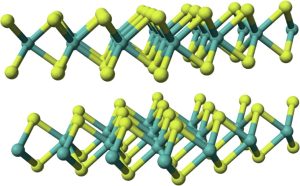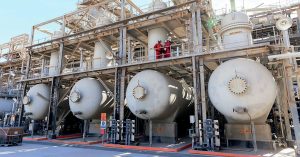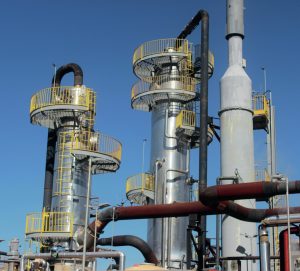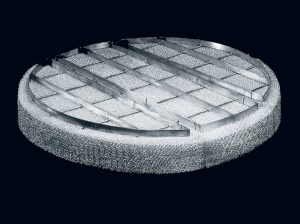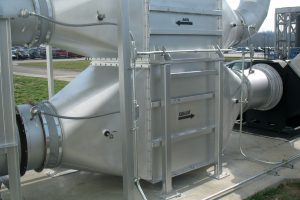
Tackling potash’s carbon challenge
Waste heat recovery in the potash industry is now possible thanks to the availability or robust and reliable heat pipe heat exchangers (HPHEs). Igor Makarenko , Solex Thermal Science, explains how HPHE technology can help potash producers reduce their primary energy consumption and cut their CO 2 emissions.


